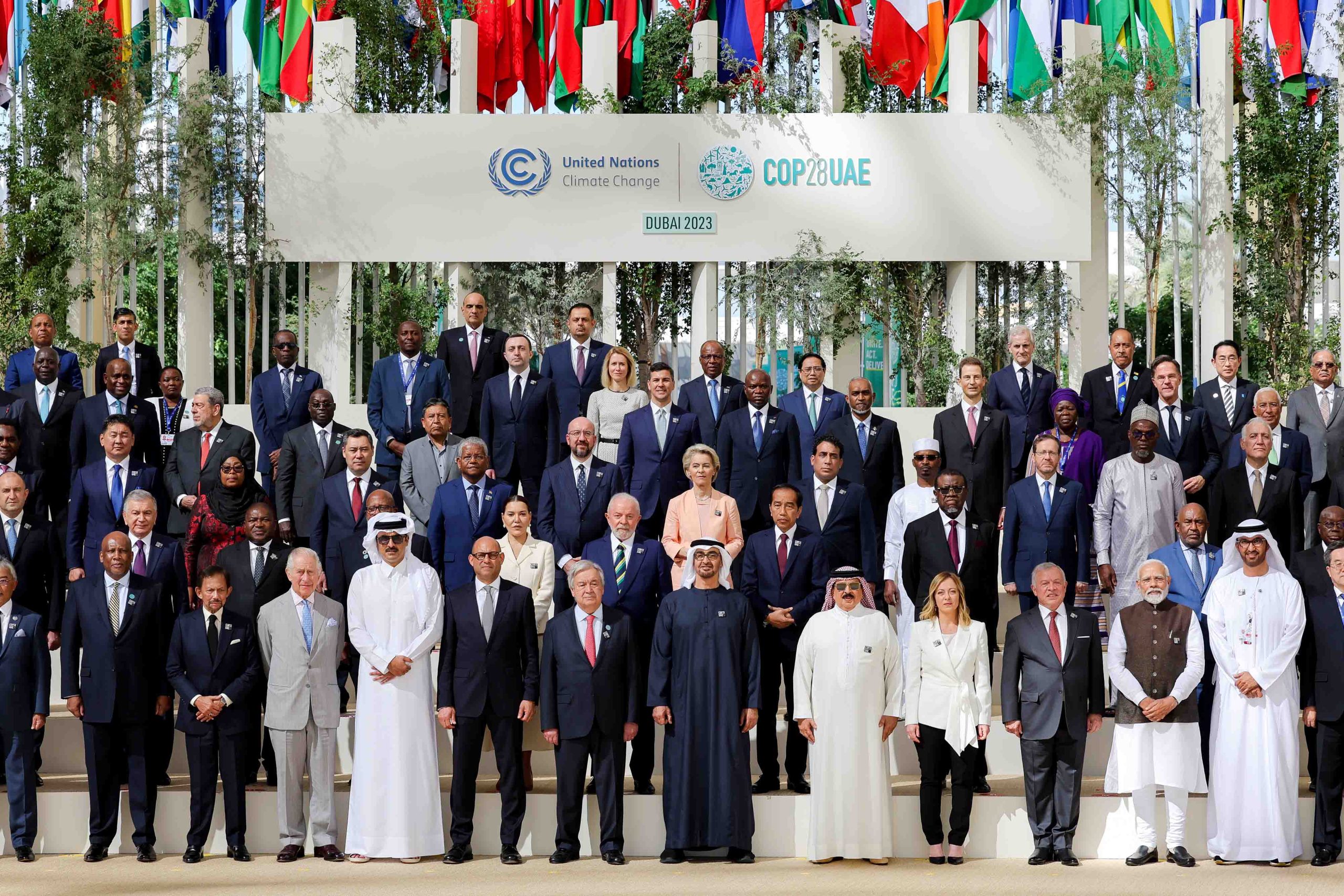COP 28 also known as the 28th Conference of Parties was held between 30th November to 12th December 2023, where, approximately 85000 delegates attended to agree on ways to address the Climate Crisis, such as limiting the global temperature rise to 1.5 degrees Celsius, assisting vulnerable communities to adapt to the devastating effects of Climate Change, and achieving net-zero emissions by the year 2050.
The conference was deemed as important, unique, and different from the preceding conferences because other than focusing on limiting the global temperatures to 1.5 degrees Celsius, it was more intentional in identifying ambitious and revised ways of limiting the global temperatures by employing Nationally Determined Contributions (National climate plans). In this way, there was a need for every member state to practically get involved using their indigenous knowledge. Also, COP 28 aimed at accelerating the green transition that is already happening and eventually delivering on the Paris Agreement Goals. Lastly, it marked the end of the first Global Stocktake.
What is Global Stocktake?
The global stocktake of the Paris Agreement (GST) is a process for taking stock of the implementation of the Paris Agreement to assess the world’s collective progress towards achieving the purpose of the agreement and its long-term goals (Article 14).
Back to the topic of the day, below is a summary of some of the hits and misses of COP 28.
Cop 28 Hits
Loss and Damage Fund Establishment:
If you have been following keenly on the Loss and Damage conversation, you’ll agree with us that the establishment of the much-needed fund was long overdue. The loss and damage fund seeks to assist vulnerable states facing the adverse impacts of climate change. The irony about these communities is that they contribute the least to Climate Change yet they face the same or even more, consequences than those who contribute the most. These funds will provide resources for mitigations and adaptations.
Adoption of an Enhanced Transparency Framework:
In recent years, the framework for monitoring and reporting climate action has been vague in the sense that it didn’t point out who participated the most in climate change and those who mitigated it the most. For this reason, mistrust among member states was imminent. With the Adoption of an enhanced Transparency framework, accountability and trust issues are sorted.
Increased Climate Finance
The delegates negotiated an increased Climate Finance where, financial pledges were made, signifying a renewed commitment from developed countries to assist the developing countries in their climate change mitigation efforts.
Cop 28 Misses
Even though the conference was deemed successful, here are some of the misses or rather some of the issues that were not conclusively agreed on;
Fossil Fuel Phase-out

Even though the delegates closed an agreement signaling the ‘Beginning of the end’ of fossil fuel, they failed to address a total phase-out of fossil fuels. This may be due to the fossil fuel industry influence as the host (Dubai) herself is a major trader in fossil fuels. Moreover, there was no clear explanation or new ideas of how the world will transition from fossil fuels.
Emission Reduction Targets Headache
Even though the delegates agreed on an ambitious target of reducing emissions, they failed to outline the short-term plans of the same. Achieving net-zero emissions by 2050 without short-term targets may end up being a pipe dream.
Limited Technology Transfer
The conference failed to facilitate the transfer of clean and sustainable technologies to developing countries. This hinders their ability to transition to low-carbon economies and undermines global efforts to tackle climate change.
In Conclusion, we are just months away from Cop 29, and our only hope as Ecofriend Magazine is that we get to address the few but integral issues that were left out.
https://ecofriendmagazine.com/cop-27-outcomes-implications-for-climate-action-going-forward/





